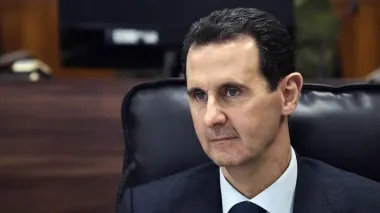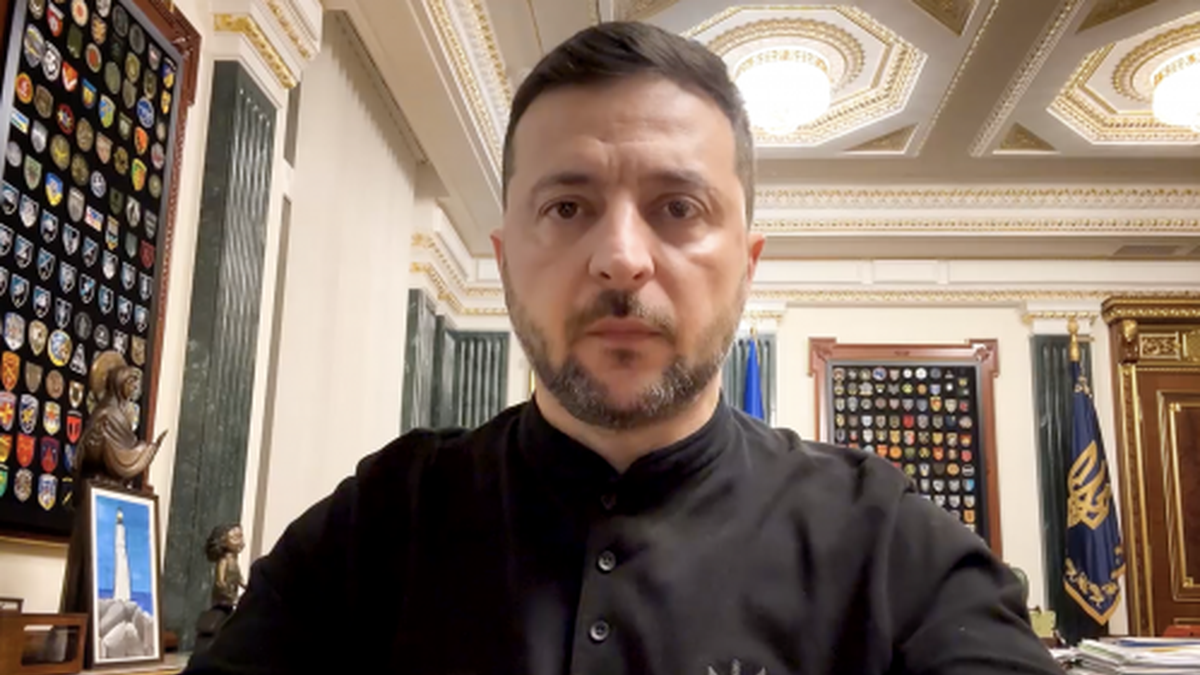Secret mass grave in the desert. The Assad regime tried to hide the mass killings of Syrians

Assad regime hid tens of thousands of tortured Syrians in mass grave
Journalists spoke with 13 people who were directly involved in the operation to transport the bodies, reviewed documents from officials, and analyzed hundreds of satellite images of both burial grounds taken over several years.
The operation to transport the bodies from Qutayfa to another hidden location in the Dumayr Desert was called "Operation Move Earth."
Witnesses said the operation was intended to cover up the Assad government's crimes and help restore its image. The agency is not disclosing the exact location of the reburial to reduce the likelihood that attackers could damage the grave.
According to Reuters, the desert burial site consists of at least 34 trenches, stretching 2 kilometers (1.2 miles) in length, and is one of the largest created during Syria's civil war. Eyewitness accounts and the size of the burial site suggest that it could contain tens of thousands of bodies.
Assad's government began burying bodies in Qutayf around 2012, at the start of the civil war. Witnesses said the mass grave contained the bodies of soldiers and prisoners who had died in the dictator's prisons and military hospitals.
Kutaifa became known after a Syrian human rights activist published photographs in local media in 2014 that showed the grave's existence and its approximate location on the outskirts of Damascus. The exact location of the grave became known several years later, thanks to court testimony and media reports.
The idea to transport thousands of bodies emerged in late 2018, when Assad was on the verge of victory in Syria’s civil war, a former Republican Guard officer said. According to accounts from people involved in the operation, six to eight trucks loaded with soil and human remains traveled from Qutayfa to the Dumayr desert almost every week from February 2019 to April 2021.
Reuters could not confirm whether bodies from other mass graves were also being moved to the secret location. The agency was unable to reach former President Assad, who is in Russia, or military officials who witnesses identified as key participants in the operation. Assad and many of his aides fled the country after the fall of the dictatorship late last year.
According to Syrian human rights groups, more than 160,000 people have disappeared under the Assad regime and are believed to be buried in dozens of mass graves he created. However, due to a lack of resources in Syria, even known mass graves remain largely unprotected and unexplored.
And the country's new government, which toppled Assad in December, has yet to release any documents about the mass burials, despite repeated calls from families of the missing. Syria's Minister of Emergency Situations and Disaster Relief Raed al-Saleh said it could not be done quickly given the large number of victims and the need to restore the justice system.
Syria's new National Commission for Missing Persons has announced plans to create a DNA bank and a centralized digital platform for the families of missing persons.







